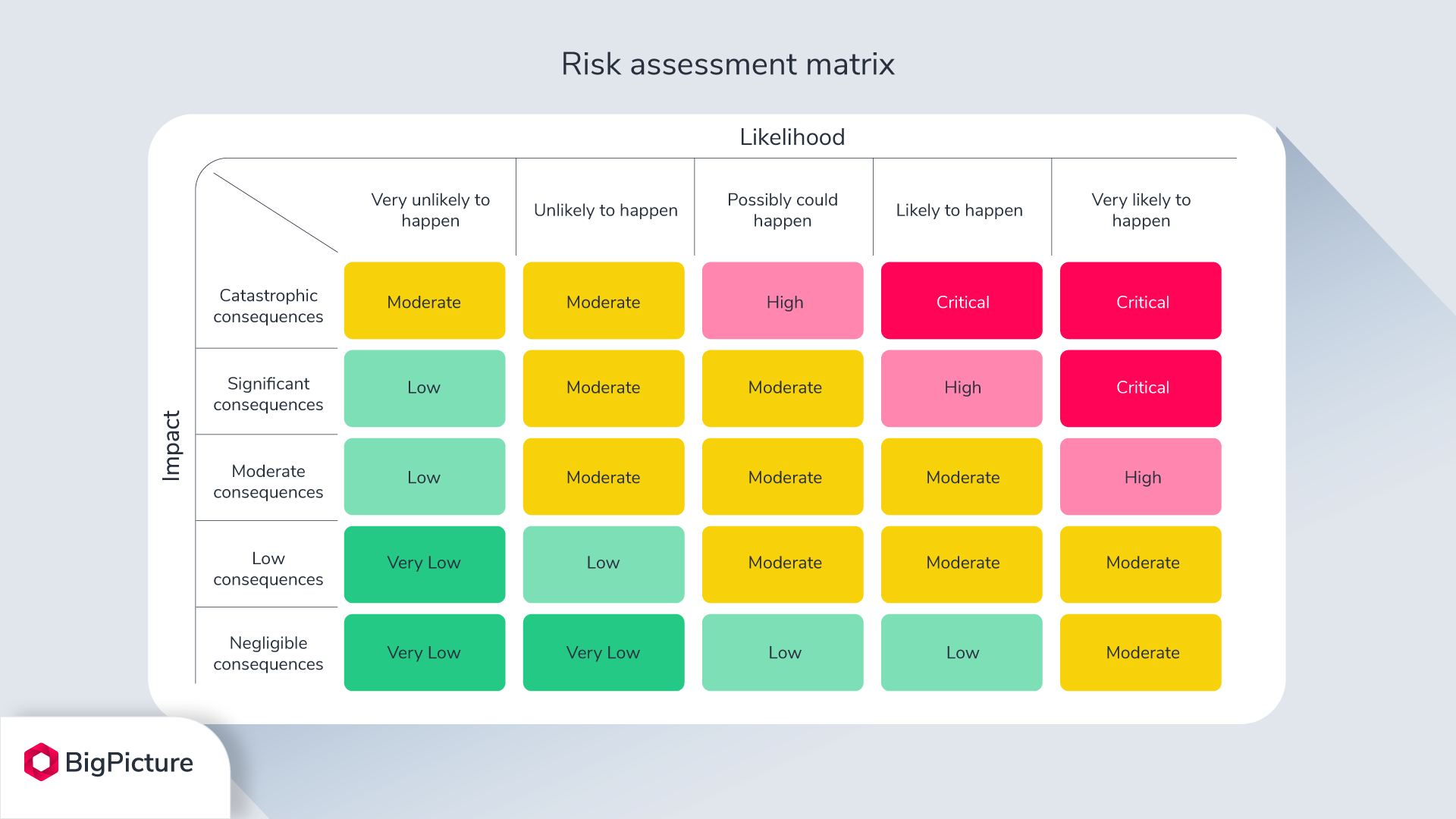Farm Health and Safety Risk Assessment Best Practices
From heavy machinery to harsh weather, ensuring the health and safety of everyone on the farm is no small feat. A common way to improve safety is with a thorough risk assessment.
In this guide, we’ll outline the steps for performing effective farm health and safety risk assessments, discuss legal requirements, and offer practical steps to identify and mitigate potential hazards.
Off we go.
Farms can be a dangerous place
In our guides on farm health and safety and farm hazards, we highlight how farms can be a dangerous place, noting risks like:
- Machinery and equipment: Tractors, combines, balers, and other heavy machinery account for most fatal farm accidents. For instance, tractor overturns are the single deadliest type of farming accident.
- Chemicals: Improperly handling pesticides and fertilizers can lead to poisoning, burns, respiratory issues, and other serious health problems.
- Confined spaces: Structures like silos and manure pits pose serious risks due to the potential for suffocation or exposure to toxic gases.
- Livestock: Injuries from kicks, bites, or being pinned between an animal and a hard place are common and can be severe.
- Falls: Working at height on ladders, barn lofts, and other elevated platforms can lead to falls — one of the most common causes of injury on farms.
- Weather and environmental conditions: Farmers often work in extreme conditions, from scorching heat to freezing cold, which can lead to heatstrokes or hypothermia. Additionally, working in fields can expose workers to allergens and dust, leading to respiratory issues.
While there are no legal requirements for performing farm safety risk assessments, the Occupational Safety and Health Administration (OSHA) sets and enforces various safety standards in the agriculture industry.
The easiest way to comply with those standards is to proactively identify, communicate, document, and eliminate safety issues and hazards — which represents the essence of a risk assessment.
What does farm safety risk assessment cover
A farm safety risk assessment is a thorough process aimed at identifying, analyzing, and managing potential risks on a farm to ensure the safety of all personnel. Its goal is to create a safer workplace by proactively addressing hazards before they result in accidents or injuries.

Farm safety risk assessments focus on several key areas where hazards may be present:
- Machinery and equipment: Ensuring all mechanical devices are safe and well-maintained to prevent malfunctions that could lead to injuries.
- Chemicals: Assessing the storage, handling, and application of agricultural chemicals such as pesticides and fertilizers to prevent poisoning, burns, and other health issues.
- Confined spaces: Evaluating areas like silos, manure pits, and tanks to address risks related to suffocation, entrapment, and exposure to harmful gases.
- Livestock: Managing interactions with animals to prevent injuries from kicks, bites, or crushing.
- Physical environment: Looking at risks associated with working from heights, under extreme weather conditions, and other environmental factors that could contribute to accidents.
- Facility layout and emergency exits: Ensuring that the layout of the farm facilitates safe movement and quick evacuation in case of emergencies.
Risk assessments are a core part of farm management. Conducting them helps comply with regulatory safety standards and improves the farm’s operational efficiency.
Steps for performing farm health and safety risk assessment
Before jumping into the process, there are two important preparation steps: deciding who will perform it and equipping them with the right tools.
Everyone involved in the process should have clear roles and be familiar with the areas they are responsible for. To be efficient, it’s important to equip the team with the right tools — such as safety checklists, incident reports, and relevant regulatory guidelines.
Step #1: Identify hazards on your farm
The first step involves a thorough inspection of the entire farming operation to uncover any safety risks that could lead to accidents or injuries. Here’s how to approach this step:
- Conduct walkthroughs: Perform detailed walkthroughs of all areas of the farm, including fields, barns, equipment sheds, and any other facilities. Use a checklist tailored to agricultural settings to ensure no potential hazard is overlooked. Look for risks associated with machinery, chemical storage, animal handling, and the conditions of buildings and workspaces.
- Engage with employees: Interviews with farm workers can provide insights into daily routines and reveal less obvious hazards that might not be apparent during a physical walkthrough. Workers can often point out issues with equipment, structures, or processes that they encounter regularly.
- Review historical data: Analyzing past incident reports, maintenance logs, and health and safety records can help identify recurring problems. This historical data is invaluable for spotting trends and persistent risks that need addressing.
Step #2: Evaluate the risk level for each identified hazard
Now that you know what the main risks are, it’s time to determine their likelihood (how often they might occur) and the severity (how serious the outcome could be).
During this evaluation, look at the safety records and talk with staff and managers. Different perspectives provide a more accurate assessment of each risk’s impact and frequency.
Furthermore, you’ll want to set criteria for assessing the likelihood and the severity of each hazard to ensure consistent evaluation across all identified risks.
We recommend
using a simple risk matrix.


By plotting the likelihood against the severity, you can visually categorize risks into low, medium, and high categories. This will help you determine which hazards require more immediate attention and resources.
Step #3: Prioritize risks to focus on
You can’t tackle all of the risks at the same time. You need to prioritize.
If you’re using a risk matrix, categorizing risks in order of priority is fairly straightforward. Risks that appear in the high likelihood and high severity quadrant are the most critical and should be addressed first.
More often than not, those will be hazards that could cause significant disruption or are crucial for the day-to-day running of the farm.
Example of risk prioritization:
- High priority: A tractor without a rollover protective structure (ROPS) used on steep terrain, categorized as high likelihood and high severity, should be a top priority.
- Medium priority: Frequent use of ladders without proper safety checks might be categorized as medium likelihood and high severity.
- Low priority: Minor tripping hazards in less trafficked areas of the farm might be categorized as low likelihood and low severity.
How many of the identified issues you should tackle at once will depend on how serious they are and the availability of internal resources.
Step #4: Document the findings
Thorough documentation is a vital part of the risk assessment process. It serves as a record of what hazards were identified, how they were evaluated, and the rationale behind their prioritization. It is also great for compliance purposes and as a reference for future risk assessments, farm audits, and training purposes.
Here are some tips for creating proper documentation and reports:
- Cover the basics: Descriptions of identified hazards, risk evaluations, explanation of prioritization, and recommended control measures.
- Use standardized forms: Utilize standardized documentation forms to ensure consistency across all assessments. This helps in comparing data over time and across different farm sections or operations.
- Implement a digital record-keeping system: Store these documents digitally. Digital records are easier to update, share, and reference, and they reduce the risk of losing important information.
- Ensure accessibility: Risk assessment documentation should be accessible to both workers and management. This transparency not only aids in compliance but also enhances safety awareness and accountability.
Implementing risk control measures
After you’re done with the risk assessment, it’s time to implement measures to control the identified risks.
Each risk can be tackled in different ways. The hierarchy of controls is a system used to determine how to implement feasible and effective control solutions and typically includes the following levels:
- Elimination: Physically removing the hazard, which is the most effective means of control.
- Substitution: Replacing the hazard with a less dangerous option.
- Engineering controls: Isolating people from the hazard using physical means (for example, safety guards on machinery).
- Administrative actions: Changing how people work, like implementing safety training or rotating job assignments to reduce exposure to hazards.
- Personal Protective Equipment (PPE): Using gear like gloves, helmets, and goggles as a last line of defense when hazards cannot be fully controlled by other means.
Here are some examples of common risk controls in agriculture for reference:
- Tractor safety: Implement engineering controls such as rollover protective structures (ROPS) and ensure that all operators are trained on safe operation procedures.
- Chemical management: Use substitution to replace more hazardous chemicals with safer alternatives and establish spill containment protocols.
- Animal handling: Develop and train workers on specific animal handling procedures to minimize the risk of injuries and install barriers where necessary.
- Fall prevention: Install guardrails and safety nets in areas where workers are at risk of falling, and provide harnesses and other PPE.
For each high-priority risk identified, the farm or safety manager needs to assign tasks, set deadlines, and ensure the necessary resources (budget, equipment, personnel) are available to implement the control measures.
Lastly, implementing control measures is not a set-and-forget task. Some of them might not function as intended or simply be impractical. Schedule regular checks and be prepared to make adjustments.
Simplify farm safety risk assessments with Forms On Fire
Digital tools like Forms On Fire can greatly streamline and improve the farm safety risk assessment process. You can use it to:
- Create risk assessment inspection checklists
- Take pictures and notes during inspections, walkthroughs, and interviews
- Quickly create different reports
- Keep all of the documentation easily accessible in a digital format
The main advantage of a custom app builder like Forms On Fire is its flexibility. You can use one of our existing risk assessment templates and adjust it to your needs — change the order of steps, add different fields, connect it with any app or storage (Google Drive, DropBox…) you might be using, and much more.
Whatever you create can be deployed to your phone or other mobile device. You can even use it offline! The data you enter will be synced once you establish a stable internet connection.
Take our 14-day free trial or request a demo to get a personalized product walkthrough and see how Forms On Fire can improve safety and efficiency on your farm.




